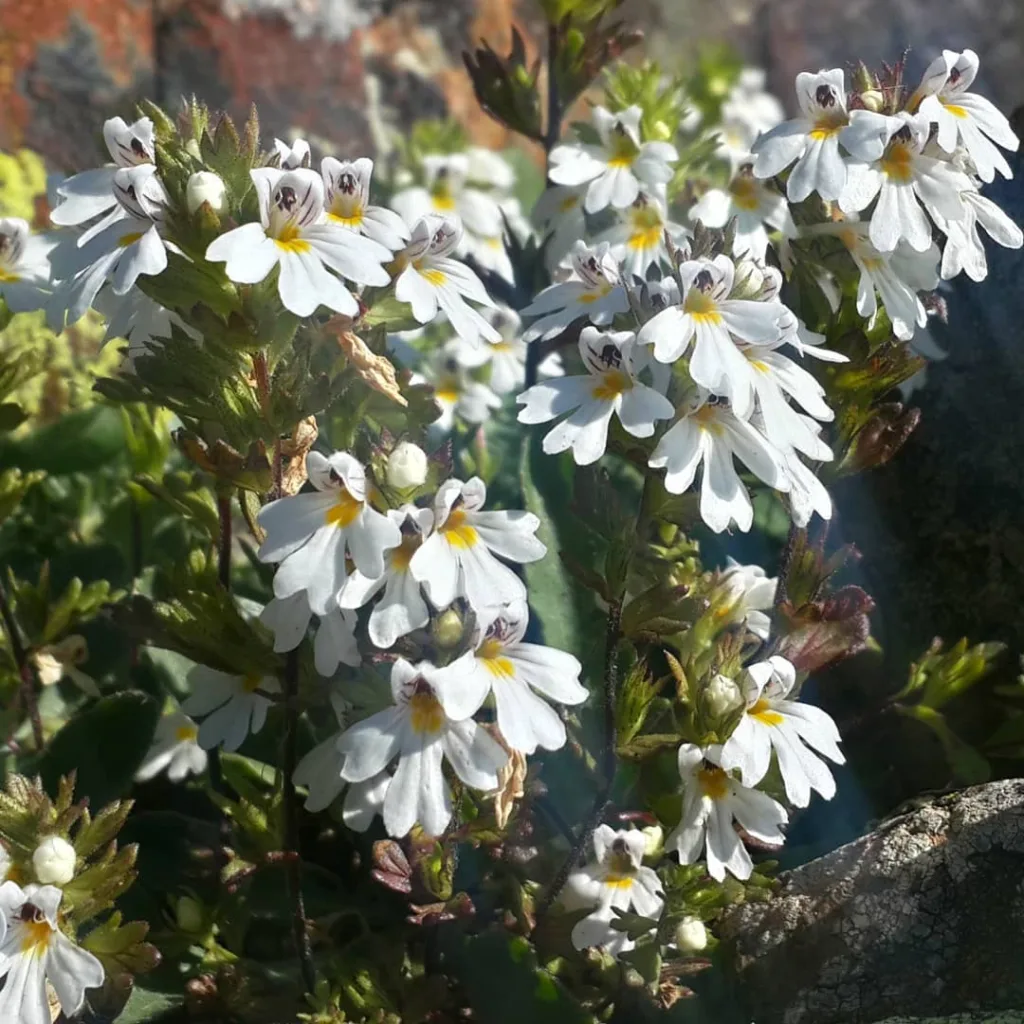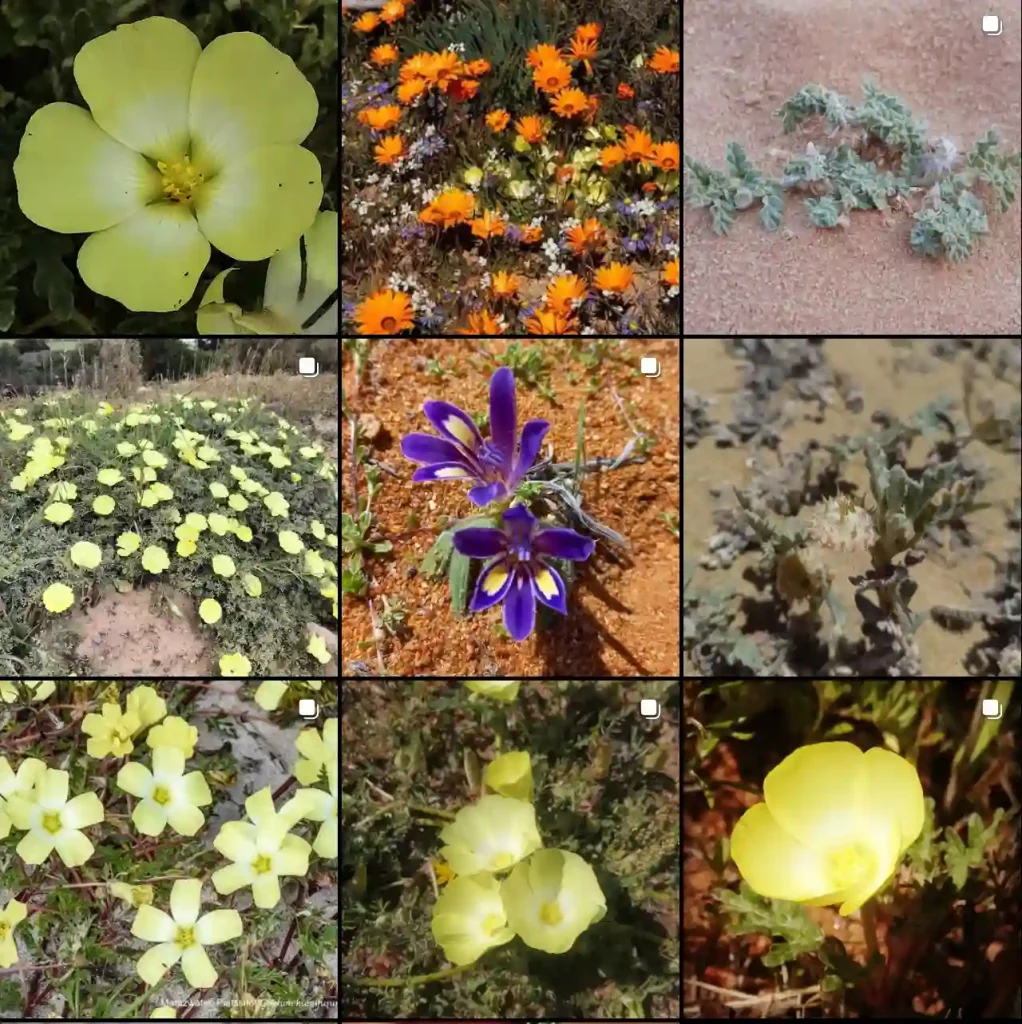Exploring the Fascinating Cephalotaceae Family
As a plant enthusiast, I find myself drawn to unique and unusual species. One family that has captured my interest is the Cephalotaceae, particularly its sole genus, Cephalotus. This intriguing family, known for its distinctive pitcher plants, offers a blend of beauty and curiosity that I love to explore. In this article, I’ll share my insights and experiences with the Cephalotus genus with single species Cephalotus Follicularis, its characteristics, and why it’s worth a closer look.
What is Cephalotus Follicularis?
Cephalotus follicularis is a small, herbaceous carnivorous plant endemic to a tiny region in southwestern Australia. Unlike its Venus Flytrap cousins, Cephalotus doesn’t have snapping jaws. Instead, it boasts mesmerizing pitcher-shaped traps formed from modified leaves. These colorful, translucent wonders lure unsuspecting insects in with a combination of sweet nectar and vibrant hues. Once the curious victim ventures inside, slippery walls and downward-pointing hairs make escape a one-way trip. Digestive enzymes then break down the insect, providing the plant with vital nutrients lacking in its poor soil conditions.
Cephalotus vs. Other Pitcher Plants
Cephalotus belongs to its own unique family, Cephalotaceae, making it an evolutionary outlier in the carnivorous plant world. While it shares the pitcher trap strategy with other popular genera like Nepenthes and Sarracenia, there are some key distinctions.
- Size Matters: Cephalotus is a compact plant, with pitchers rarely exceeding 2 inches. In contrast, Nepenthes and Sarracenia can produce massive traps capable of holding rodents and even small birds.
- Luring Technique: Cephalotus relies on visual cues and nectar to attract prey. Nepenthes often incorporate a combination of color, scent, and even mimicry to entice victims. Sarracenia pitchers tend to be brightly colored and have a sweet-smelling rim to lure insects.
- Growing Habits: Cephalotus prefers cooler temperatures and well-drained soil. Nepenthes thrive in warm, humid environments, while Sarracenia can tolerate a wider range of conditions.
Despite these differences, all three genera play a vital role in their ecosystems, controlling insect populations and adding a touch of the macabre to the plant world.
Caring for Your Cephalotus: A Recipe for Success
So, you’re captivated by the charm of Cephalotus follicularis and want to bring one home? Here’s a quick guide to ensure your little pitcher plant thrives:
- Light: Provide bright, indirect sunlight for at least 6-8 hours daily.
- Water: Use distilled water or rainwater to avoid mineral build-up. Keep the soil consistently moist, but not soggy.
- Soil: Opt for a well-draining, peat-based mix specifically formulated for carnivorous plants.
- Temperature: Cephalotus prefers cooler temperatures between 50-75°F (10-24°C). Avoid hot and dry conditions.
- Feeding: While your plant can catch its own meals, occasional feeding with small insects or bloodworms can be beneficial.
With proper care, your Cephalotus can reward you with years of captivating pitchers and, hopefully, the occasional trapped gnat for good measure.
Is Cephalotus difficult to grow?
Cephalotus can be a bit more challenging than some other carnivorous plants. They require specific light, water, and temperature conditions. However, with a little research and dedication, you can successfully cultivate this unique plant.
Can Cephalotus survive outdoors?
In some temperate climates, Cephalotus can survive outdoors year-round. However, it’s crucial to provide winter protection and ensure the temperature doesn’t drop below freezing for extended periods. Most growers opt to keep their Cephalotus in a terrarium or pot for optimal control of the environment.
How often does Cephalotus flower?
Cephalotus flowers are relatively uncommon, especially in cultivated plants. They typically appear in late summer and are small, white, and insect-pollinated. While the flowers are a nice bonus, the true showstopper remains the captivating pitcher traps.
Where can I buy a Cephalotus?
Many online carnivorous plant nurseries and specialty stores offer Cephalotus for purchase. Be sure to choose a reputable seller to ensure a healthy plant.
Conclusion
My fascination with Cephalotus continues to grow. Its unique morphology, carnivorous lifestyle, and conservation status make it a truly remarkable plant. I encourage fellow plant enthusiasts to learn more about this fascinating species and consider adding it to their collections. With proper care and attention, Cephalotus follicularis can be a rewarding and captivating addition to any plant lover’s home.
If i die, water my plants!



